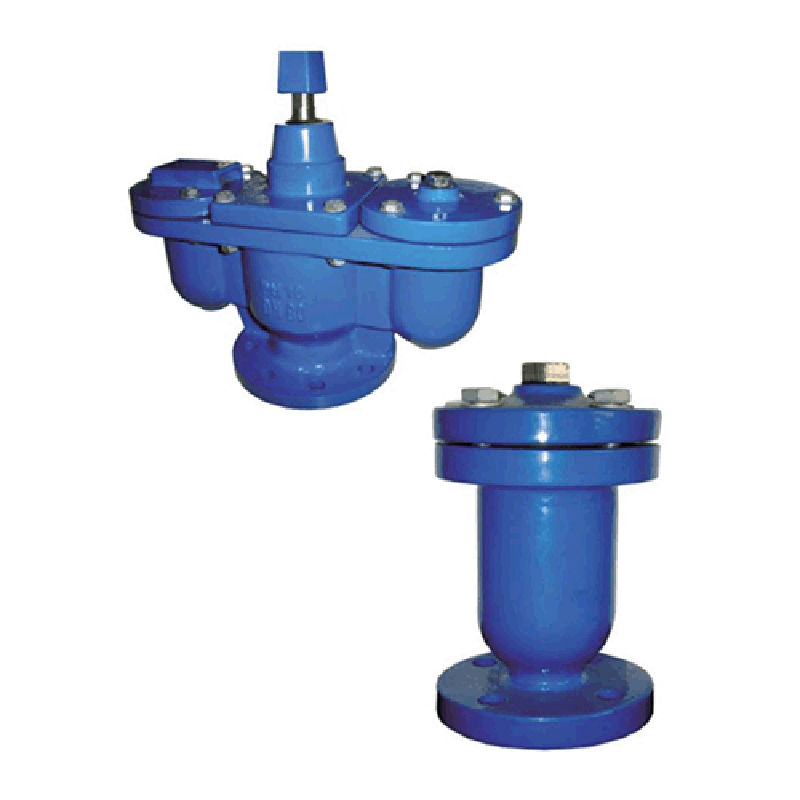ធ្នូ . 26, 2024 14:19 Back to list
Versatile Rubber Expansion Joints for Diverse Industrial Applications and Enhanced Performance
Understanding Flexible Rubber Expansion Joints An Essential Component in Fluid and HVAC Systems
In industrial and construction applications, managing the movement and flexibility of pipelines is crucial. One essential component that plays a pivotal role in achieving this flexibility is the flexible rubber expansion joint. These joints are particularly designed to absorb thermal expansion, misalignment, and vibrations in various piping systems, allowing for a smoother operation and reducing the risk of damage to the pipeline infrastructure.
What is a Flexible Rubber Expansion Joint?
A flexible rubber expansion joint is a type of flexible connector that is manufactured from various types of rubber materials. These joints are engineered to accommodate the movement caused by thermal expansion, contraction, and vibrations in pipes. Typically used in systems that handle liquids, gases, or steam, these joints can withstand high pressures and temperatures, making them suitable for a variety of applications in sectors such as HVAC, water treatment, and chemical processing.
Key Features and Benefits
1. Flexibility As the name suggests, flexible rubber expansion joints can bend and flex in multiple directions. This attribute allows them to absorb the stress caused by thermal changes and mechanical movements in the piping system.
2. Vibration Dampening Industrial environments often generate significant vibrations. Flexible rubber expansion joints can effectively absorb and dampen these vibrations, protecting the integrity of the pipeline and connected equipment.
3. Leak Prevention These joints provide a secure and leak-proof seal. The elasticity of rubber ensures that joints can accommodate movements without compromising their sealing capabilities, thereby minimizing the risk of leaks.
4. Corrosion Resistance Depending on the material used, flexible rubber expansion joints can be resistant to various chemicals and environmental factors. This makes them ideal for use in chemical processing plants where corrosive substances are prevalent.
5. Ease of Installation Flexible rubber expansion joints are generally easier to install and maintain than rigid connections. They can accommodate misalignments during installation, which streamlines the process and reduces labor costs.
flexible rubber expansion joint

Applications in Various Industries
Flexible rubber expansion joints are utilized in numerous industries due to their versatility. Here are a few key applications
- HVAC Systems In heating, ventilation, and air conditioning systems, these joints help accommodate thermal expansion and contraction, ensuring efficient airflow and reducing noise levels caused by vibrations.
- Water and Wastewater Treatment In water treatment facilities, expansion joints manage the movement caused by changes in temperature and pressure, extending the life of the piping systems used for transporting water.
- Chemical Processing The chemical industry often deals with corrosive materials, and flexible rubber expansion joints can be manufactured from specialized materials that withstand these harsh conditions, ensuring the safety and efficiency of chemical processes.
- Power Generation In power plants, particularly those that utilize steam, these joints play a crucial role in managing the dynamics of steam lines, absorbing vibrations and accommodating thermal expansion, enhancing the overall reliability of the system.
Installation and Maintenance Considerations
While flexible rubber expansion joints are designed for durability, proper installation and maintenance are critical to ensuring their performance and longevity. It is essential to follow manufacturer guidelines regarding alignment and supporting structures. Regular inspections should be conducted to check for signs of wear, such as cracks or degradation of the rubber material, especially in high-stress environments.
Conclusion
In summary, flexible rubber expansion joints are vital components that contribute to the efficacy and longevity of piping systems across various industries. Their ability to absorb vibrations, accommodate thermal expansion, and prevent leaks makes them indispensable in maintaining the health of fluid and HVAC systems. By investing in high-quality expansion joints and adhering to proper installation and maintenance practices, industrial operators can ensure smoother operations and reduce the risk of costly downtimes. As industries continue to evolve, the role of flexible rubber expansion joints will remain crucial in meeting the demands of modern engineering and infrastructure.
Share
-
Reliable Wafer Type Butterfly Valves for Every IndustryNewsJul.25,2025
-
Reliable Flow Control Begins with the Right Ball Check ValveNewsJul.25,2025
-
Precision Flow Control Starts with Quality ValvesNewsJul.25,2025
-
Industrial Flow Control ReliabilityNewsJul.25,2025
-
Engineered for Efficiency Gate Valves That Power Industrial PerformanceNewsJul.25,2025
-
Empowering Infrastructure Through Quality ManufacturingNewsJul.25,2025